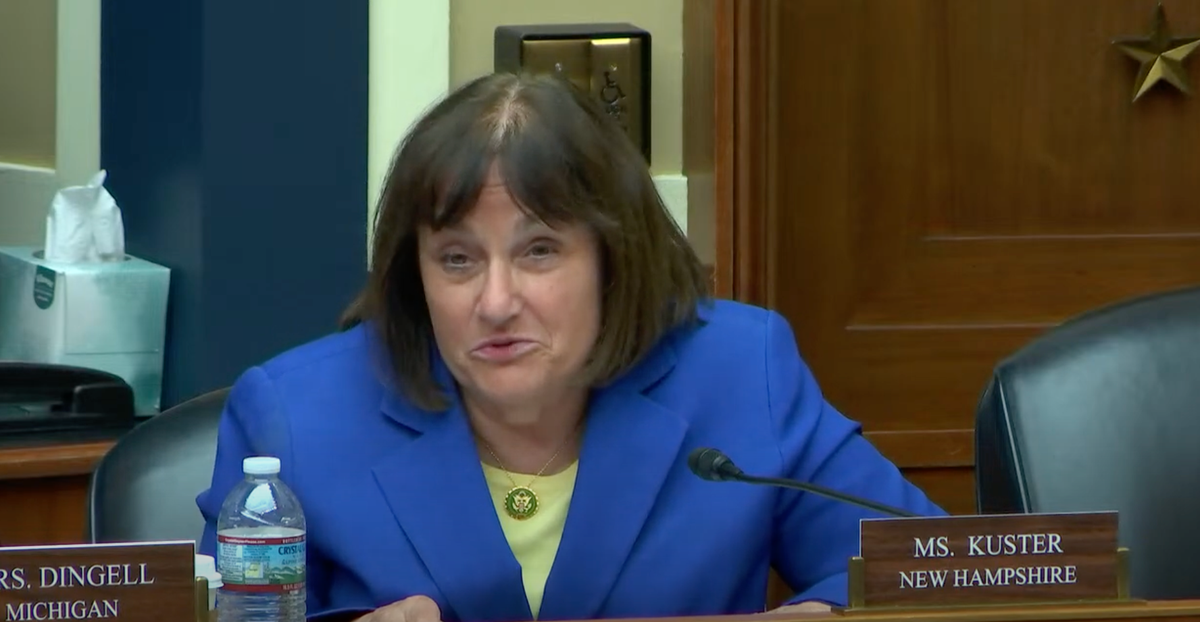Broadband Accessibility a Focal Point in Hearing on Telehealth
Participants consider broadband internet an integral part of expanding telehealth accessibility.

WASHINGTON, April 19, 2024 – Lawmakers and healthcare providers voiced support for preserving the Affordable Connectivity Program and extending temporary telehealth flexibilities at an April 10 hearing on the subject.
Lee Schwamm, medical doctor and senior advocate for the American Heart Association, underlined the need to build on telehealth services through approving a permanent extension of the telehealth flexibilities allocated during the pandemic.
These include:
- access to telehealth in non-rural geographic regions
- allowing telehealth calls in home instead of requiring travel to a healthcare facility
- allowing audio-only telehealth calls for patients without access to a webcam or cell phone.

In response to the 2020 COVID-19 pandemic, the Federal Communications Commission provided $200 million in funding to Telehealth services as part of the Coronavirus Aid, Relief, and Economic Security Act. Healthcare providers have called for additional telehealth funding, claiming that they have struggled to connect to patients due to lackluster broadband quality in underserved communities.
Telehealth is convenient
Schwamm touted telehealth’s convenience for patients.
“Prior to the pandemic, telehealth was mostly a cash-only service, out of reach, for most vulnerable populations, used to deliver isolated and episodic care for low-complexity conditions, or what we sometimes humorously refer to as the ‘telly-sniffles,” Schwamm said.
He touted telehealth as being of low-risk for fraudulent abuse and having enormous “untapped potential.”
Telehealth has proven a critical tool in helping patients with disabilities and low English proficiency, he said, calling it the “backup generator” utilized to keep American healthcare afloat during the COVID-19 pandemic. Pointing out a healthcare worker shortage crisis, Swamm emphasized the need to “streamline” health provider services.
Supporting the ACP renewal
Pointing out the “overlap” between broadband access and telehealth accessibility, Rep. Anne McLane Kuster, D-New Hampshire, urged her congressional colleagues to support the extension of the Affordable Connectivity Program, highlighting its role in deploying telehealth services to economically disadvantaged populations. The ACP allocates broadband internet subsidies of $30 and $70 to low-income and tribal households, respectively.
“Just access to quality broadband internet is a significant barrier to telehealth accessibility, and I just want to remind my colleagues that programs like the Affordability Connectivity Program, what we refer to fondly as ACP, helps to close that gap. This critical program has helped over 40,000 Granite Staters in my district access reliable affordable internet, and I hope my colleagues today will join me in supporting extending the ACP as well,” Kuster said
Medicare Rights Center President Fred Riccardi noted that his experience with telehealth has been “mixed”, citing a lack of proper technology and infrastructure to take advantage of the resource.

Riccardi urged Congress to protect and strengthen telehealth access. Riccardi, head of a non-profit that advocates on behalf of elderly adults that receive Medicare, argued that additional flexibility given to telehealth beneficiaries during the pandemic increased their quality of care. The congressional interventions have increased access for those living both inside and outside of rural areas.
Rep. Raul Ruiz, D-California, praised telehealth's potential, but cautioned that without affordable broadband access, the service doesn’t work. Shwann agreed, calling on congress to expand affordable broadband options, lamenting the impact poor broadband quality has on rural communities.
“Healthcare is becoming increasingly digital. It's not just telemedicine. It's your health care portal. It's access to the internet. It's the ability to view your medical record uh online so I think that’s really important,” Schwann said.
Eve Cunningham, Group Vice President and Chief of Virtual Care and Digital Health of Providence Hospital, supported the notion that telehealth services have become intertwined with in-person care, and lamented that Rural Americans often lack access to quality broadband.
Telehealth services help providers expand quality healthcare to “more people in more places” than before, she said, and touted the ability of telehealth to expand healthcare to underprivileged populations in rural areas as well as urban communities.
Telehealth has become a “new standard of care” and that patients both value and expect it. She argued that telehealth is “part of the solution” to the growing workforce crisis in healthcare. She pointed out a “telestroke” service which allows healthcare professionals to reach 93 different hospitals. The efficiency of telehealth has contributed to lower costs.









